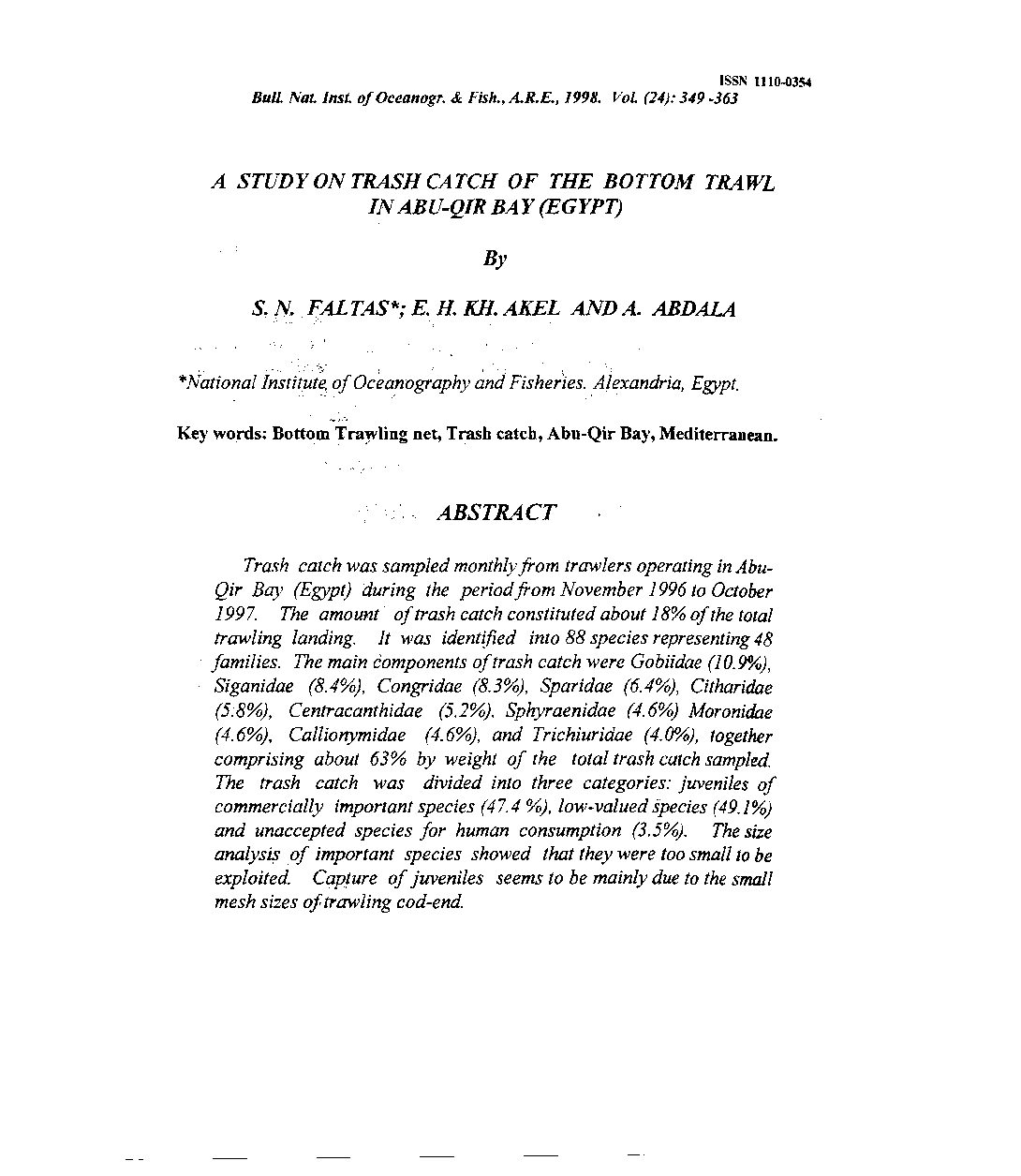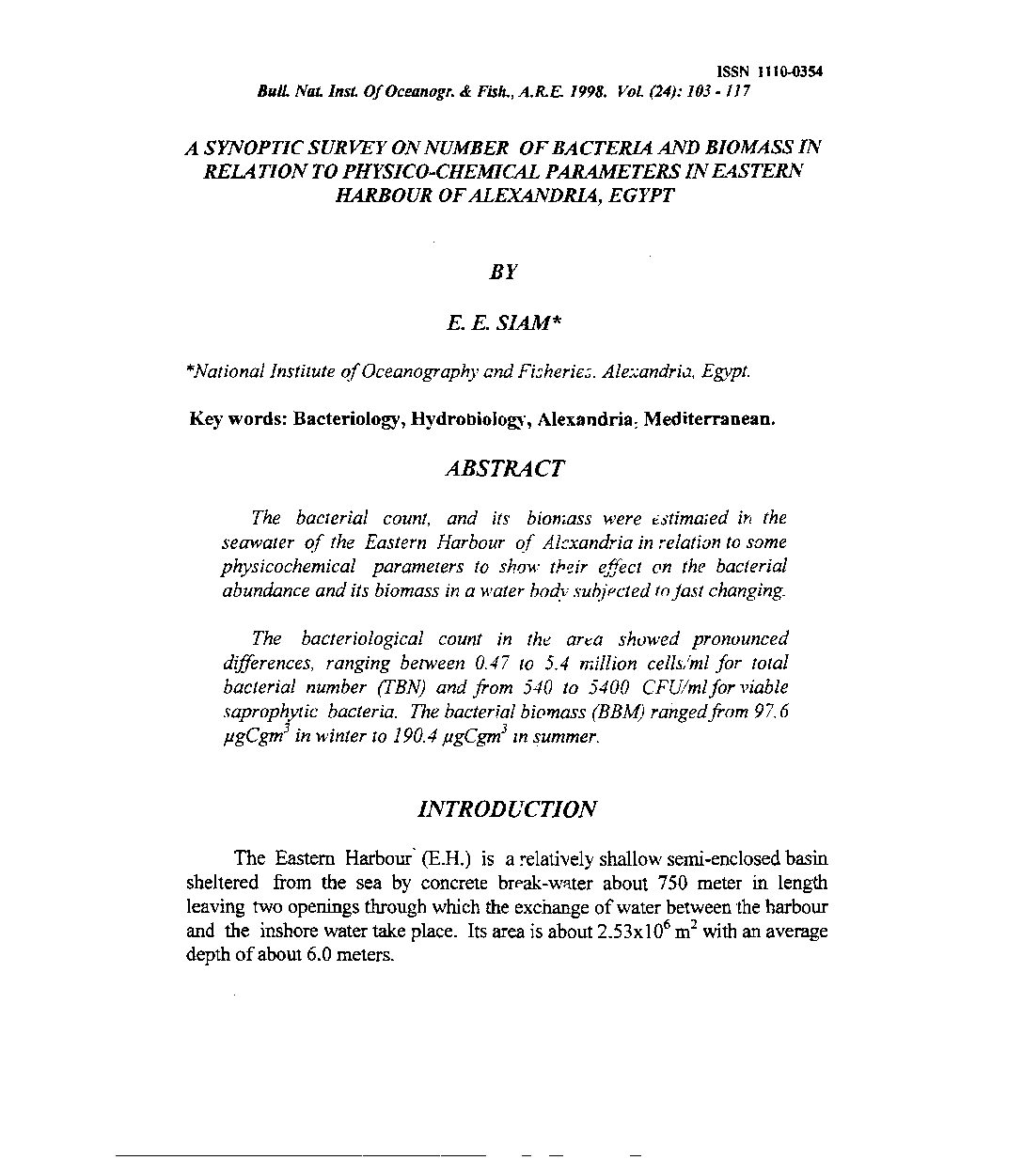Categories
vol-24RESPO~NSEOF FLORIDA RED TILAPIA (OREOCHROMIS
UROLEPIA HORNORUM VS O. MOSSAMBICUS HYBRID)
FINGERLINGS TO DIFFERE.NT DIETARY OIL LEVELS
By
EI-EBIARY, E. H.* AND MOURAD, M. H.
*Nationallnstitute ofOceanography & Fisheries, Alexandria – Egypt.
Key Words: Lipid utilization; growth performance;Haematological
responses; Red Tilapia Hybrid.
ABSTRACT
The present study was conducted to study the effects ofdifferent
levels of lipid supplement to diets on growth performance, feed and
nutrient utilization, body ‘:’omposition as well as some hematological
parameters of red tilapia,fingerlings. Five isonitrogenous diets (30%
protein) contained (0.0; 3.0; 6.0; 9.0 and 12.0%) lipid supplement
from a mixture of soybean oil and cod liver oil were fed to triplicate
groups of red tilapia fo:’ 12 weeks. Results ofthe experiments showed
that plasma cholesterol and glucose levels as well as haemoglobin
content were affected signifirantly with the dietary energy levels.
Changes ofplasma tOlalnrotein as well as sodium andpotassium ions
were all insignificant’. On the uther hand, Jish fed low energy levels
exhibited extremely poor growt/; performance and feed utilization
compared to those fed moderate or high-energy diets. The best growth
performance was achieved with the diet containing 9% oil supplement
(467.3 Kcal/IOO g), while the optimal protein utilization was achieved
with the diet containing 6% oil supplement (449.8 Kcal/ 100 g). Body
composition was also significantly affected by diet energy. It was
concluded that, red lilapia was able to utilize these sources ofenergy
to improve growth andfood utilization efficiency.







